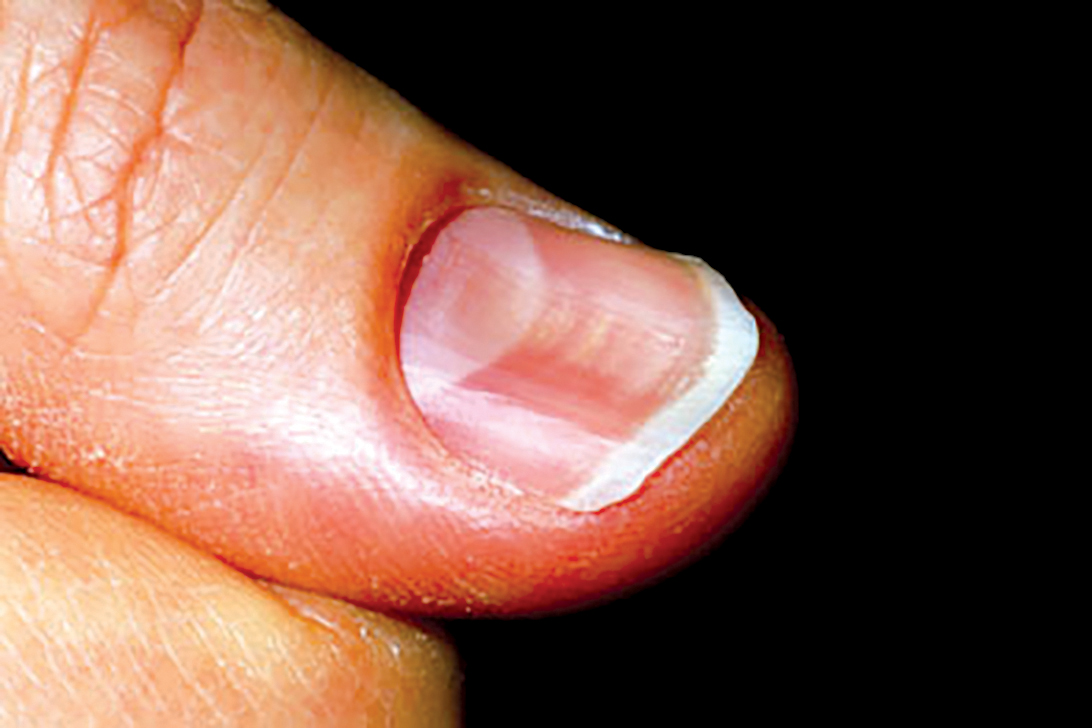
According to the National Family Health Survey 2016, India has the highest number of anaemic individuals globally — nearly 53% adult women and 50% pregnant women in India are anaemic.
Santanu Misra, co-founder of the non-governmental organisation Smile Foundation says, “A quick survey of the prevalence of anaemia in Delhi showed that the government’s health and nutrition programmes substantially reduce anaemia in children under five years of age and expectant mothers but fail to focus on girls and non-pregnant women.”
This claim was substantiated by a study from the International Food Policy Research Institute (IFPRI). It was also discovered that there has been minimal progress in the anaemia status among teenage girls and women under 50.
To assess the nutritional status of adolescent girls (14-19 years) in Banaskantha district of Gujarat, experts from Smile Foundation undertook a baseline study. The findings revealed the following:
The initiative aims to inculcate proper dietary practices, improve the nutrition quotient, and empower girls who have livelihood capabilities. It caters to nearly 1,000 adolescent girls across 10 villages in Banaskantha, who have been diagnosed with mild to severe anaemia.
Obviously, prosperity has little to do with it. Anaemia prevalence has increased in Delhi and Goa for children, Delhi, Himachal Pradesh and Punjab for expectant mothers, and Delhi, Haryana, HP, Kerala, Meghalaya, Punjab, Tamil Nadu and UP for non-pregnant women. It is still a public health problem. in India.
Police said despite sustained efforts, the accused remained at large and kept changing locations and…
At a debut solo exhibition in Delhi, an architect-artist explores sand, memory and movement through…
Om Taneja (81) and his wife Indira (77), a doctor, were kept under “digital arrest”…
The court observed although appellant had caused death by rash and negligent act, sending him…
AAP leaders were detained during a protest against the BJP over an alleged doctored video…
NDMC is rolling out a G20-style upgrade of roads, lighting and cleanliness to prepare Delhi…